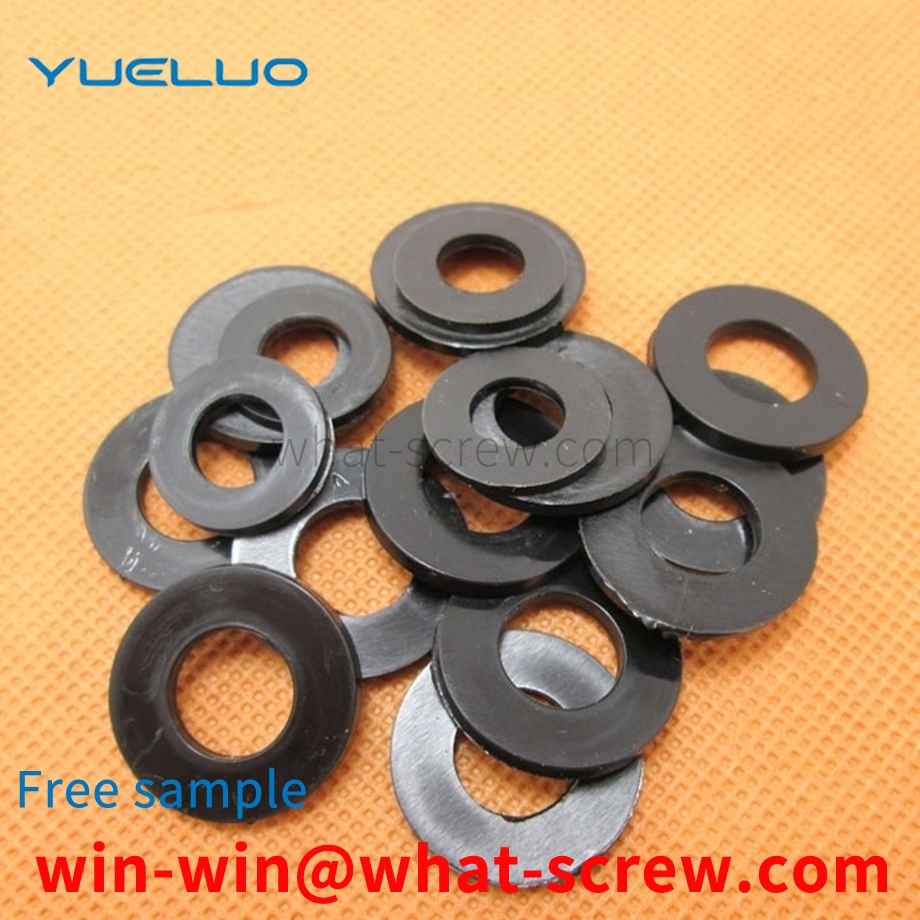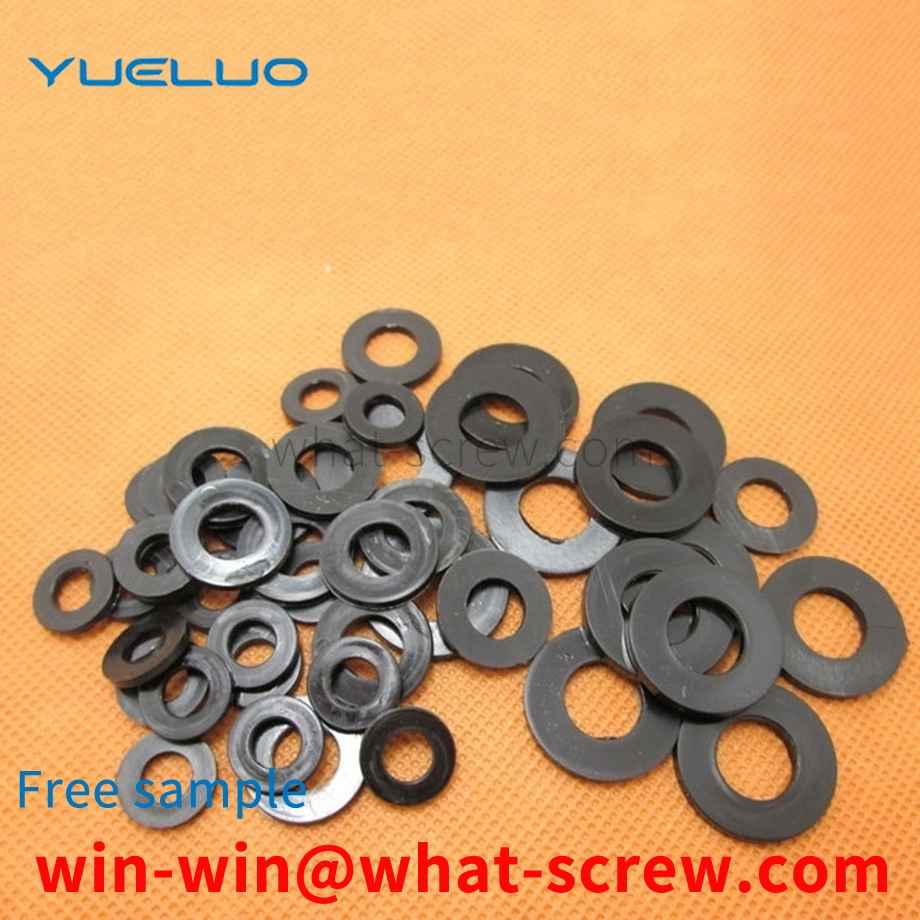The paint mixing mixer used for color matching in the auto repair industry uses a multi-link connection transmission as the main driving force. The transmission of torque has higher quality requirements for the impact resistance and fatigue resistance of the cotter pin. During the use of the cotter pin, it was found that the cracking phenomenon occurred due to insufficient strength, resulting in the machine not running. In the existing multi-link transmission mode of the paint mixing mixer, the connecting rod drives more than 10 paint pots in each layer of the frame to stir, and the bottom connecting rod is also responsible for the transmission of the torque of the upper connecting rod, which leads to the connection between the connecting rod and the connecting rod. The pins connected by the rods must have strong impact resistance and fatigue resistance, and must have a certain anti-loosening function.
During the tightening process of the screw, do not use excessive force, otherwise the product will be damaged. The traditional bolt locking adopts manual operation, which is inefficient and insufficient force. In the existing screw locking device, before locking the screw, the locking force of the screw is tested, but the test equipment is set separately, resulting in a complicated structure. In addition, in the existing screw locking device, when the screw is locked, the position of the screw hole is not corrected, so that the screw often causes damage to the product during the tightening process.
The bolt thread is generally cold worked, so that the thread blank within a certain diameter range passes through the rubbing (rolling) wire plate (die), and the thread is formed by the pressure of the wire plate (rolling die). The plastic streamline of the threaded part is not cut off, the strength is increased, the precision is high, and the quality is uniform, so it is widely used. In order to make the outer diameter of the thread of the final product, the required thread blank diameter is different, because it is limited by factors such as thread accuracy and whether the material is coated or not. Rolling (rubbing) thread is a processing method that uses plastic deformation to form thread teeth. It uses a rolling (screwing plate) die with the same pitch and tooth shape as the thread to be processed, while extruding the cylindrical screw blank, while rotating the screw blank, and finally transferring the tooth shape on the rolling die to the On the screw blank, the thread is formed. The common point of rolling (rubbing) thread processing is that the number of rolling revolutions does not need to be too much. If it is too much, the efficiency will be low, and the surface of the thread teeth will easily cause separation or random buckle. On the contrary, if the number of revolutions is too small, the diameter of the thread is easy to be out of round, and the pressure at the initial stage of rolling increases abnormally, resulting in a shortening of the life of the die. Common defects of rolled threads: cracks or scratches on the surface of the thread part; random buckles; out of roundness of the thread part. If these defects occur in large numbers, they will be discovered during the processing stage. If the number of occurrences is small, the production process does not notice these defects and then circulates to users, causing trouble. Therefore, the key issues of processing conditions should be summarized, and these key factors should be controlled in the production process.
The combination screw is actually a kind of screw, but it is special. It is generally a three-component or a two-component, but at least it can be called a combination screw. The main difference from ordinary screws is that they are equipped with one more spring washer or one more flat washer than ordinary screws. This is the main difference between the appearance of combination screws and ordinary screws. In addition to the obvious difference in appearance between combination screws and ordinary screws, the main difference is the difference in mechanical properties and uses. The combination screw is a three-component or two-component with a flat washer. Of course, it is equipped with a flat washer by an ordinary screw. When the spring flat pad is attached, the spring flat pad will not fall off. Fastened to form an assembly. In terms of mechanical performance, the combination screw is composed of three accessories, and in terms of performance, three fasteners must be used together. The mechanical properties of the combined screw are stronger when used. More convenient, the biggest advantage of the combined screw is that the production line can be operated conveniently and quickly, and the work efficiency can be improved. The difference between the use of combination screws and ordinary screws is mainly in the breadth of use. The use of ordinary screws is more extensive than that of combination screws. Basically, ordinary screws are used in industrial products, and combination screws! It is only useful for specific product materials. When the screw needs to be used with a spring washer and a flat washer, the combination screw can be used at this time.
The quick-install and quick-release nut uses the threaded block to move radially and axially along the inclined surface at the same time to achieve the cohesion and separation of the threaded block. However, the nut has a complex structure and is difficult to manufacture, and the internal and external threads may not be properly locked during use. Occurs, bearing capacity and reliability are poor.
We have many years of experience in the production and sales of screws, nuts, flat washers, etc. The main products are: blackened high-strength gaskets, GB882 pins, large umbrella head screws, countersunk head hexagon socket expansion bolts and other products, we can provide you with suitable products Your fastener solution.



















 Service Hotline
Service Hotline




